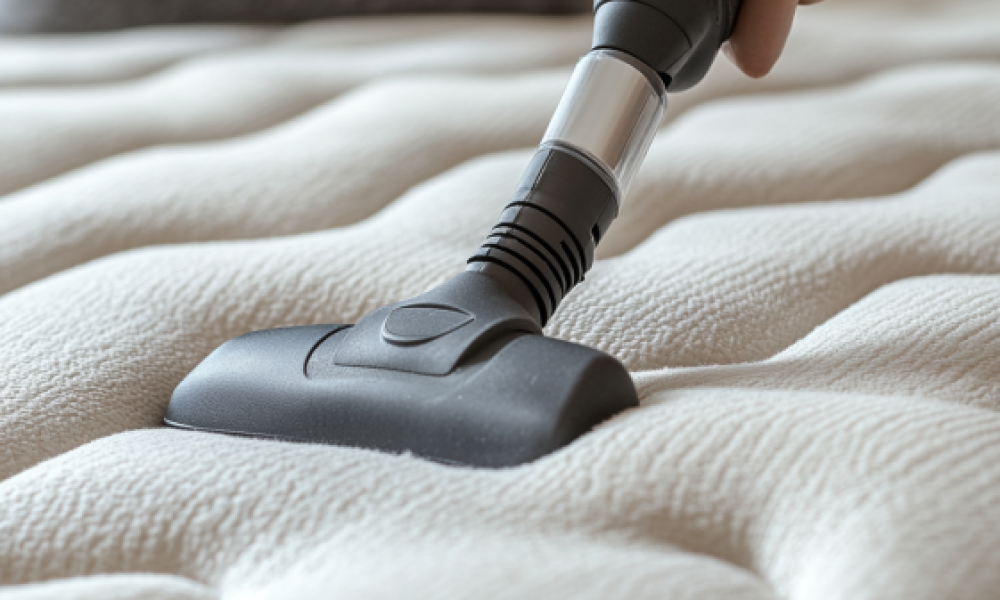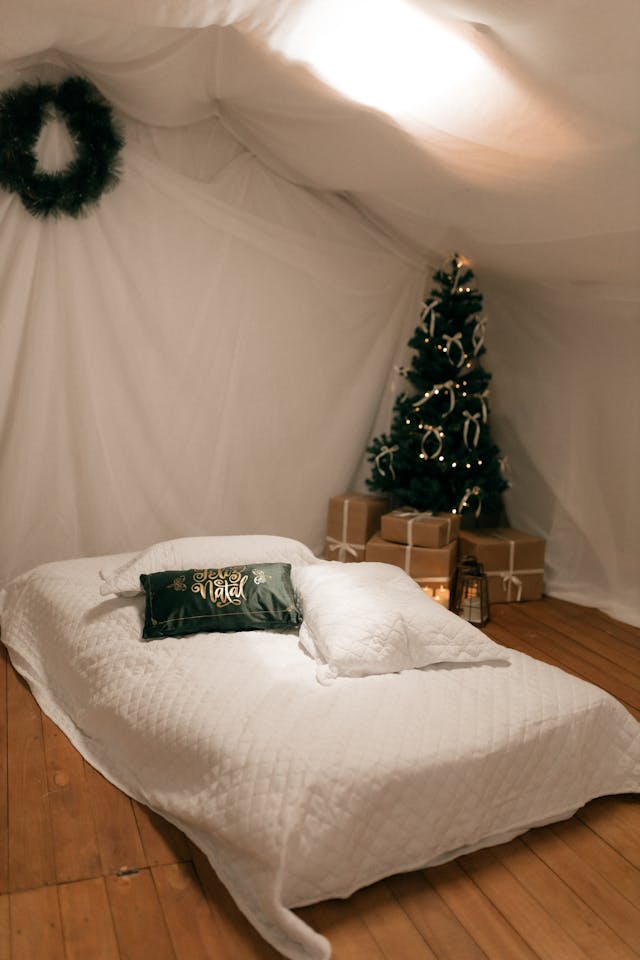Mattress Hygiene: How to Keep Your Bed Fresh and Allergen-Free
Discover how proper mattress hygiene keeps your bed fresh and allergen-free—with practical cleaning tips and maintenance steps.
Key Takeaways on Mattress Hygiene
- Vacuum your mattress frequently to remove allergens.
- Use a waterproof, hypoallergenic mattress protector.
- Rotate and deep clean your mattress every 3–6 months.
- Replace your mattress every 7–10 years for best hygiene.
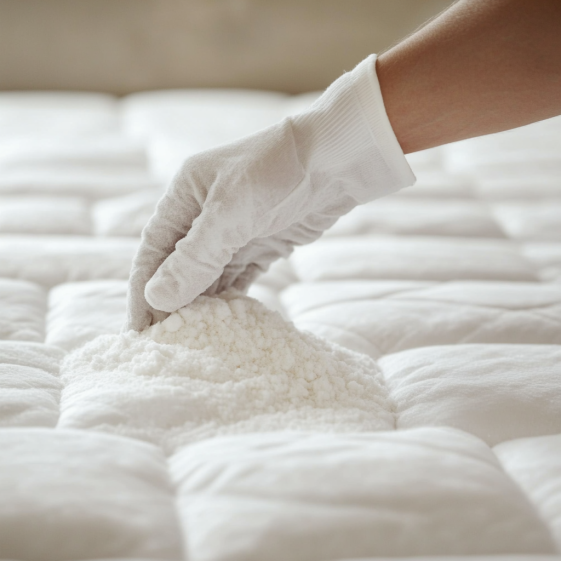
Introduction
A clean mattress is essential for a good night’s sleep and overall health. Mattress hygiene plays a crucial role in preventing dust mites, bacteria, and allergens from accumulating in your bed. Without proper maintenance, mattresses can become breeding grounds for irritants that affect sleep quality and respiratory health.
In this guide, we’ll cover effective strategies to maintain mattress hygiene, prevent allergens, and extend the lifespan of your bed.
📌 Related Read: The Impact of Sleep on Health
1. Why Mattress Hygiene Matters
Over time, mattresses accumulate sweat, dust, dead skin cells, and allergens. Poor mattress hygiene can lead to:
- ✅ Increased dust mites and allergens
- ✅ Unpleasant odors and bacteria buildup
- ✅ Worsening of allergies and respiratory issues
- ✅ Reduced mattress lifespan
💡 External Source: According to the National Sleep Foundation, maintaining mattress hygiene is critical to improving sleep quality and preventing health problems.
📌 Explore More: How Bed Size and Sleep Quality Are Connected
2. How Often Should You Clean Your Mattress?
To maintain optimal mattress hygiene, follow this cleaning schedule:
- 🛏️ Vacuuming: Every 1–2 weeks
- 🛏️ Spot Cleaning Stains: As soon as they appear
- 🛏️ Deep Cleaning: Every 3–6 months
- 🛏️ Flipping or Rotating Mattress: Every 3–6 months
- 🛏️ Replacing Mattress: Every 7–10 years
📌 Related Read: Adjustable Bed Bases: Are They Worth the Investment?
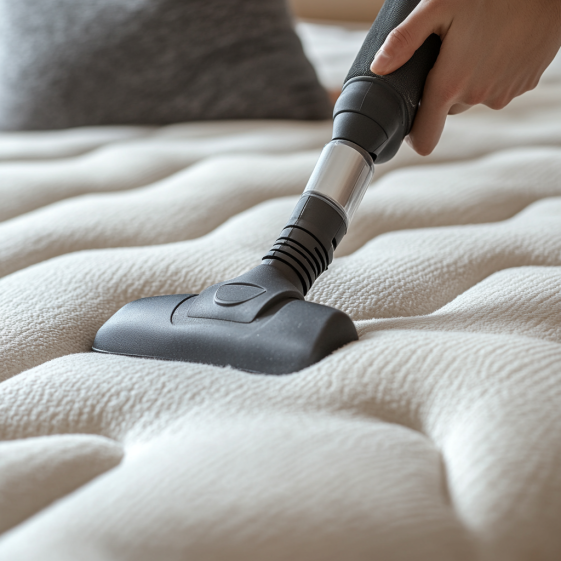
3. Step-by-Step Guide to Cleaning Your Mattress
Step 1: Vacuuming to Remove Dust and Debris
Use a vacuum cleaner with an upholstery attachment to remove dust, dead skin, and allergens from the surface and seams of your mattress.
📌 Tip: Vacuum under the bed and around the edges to prevent dust buildup.
Step 2: Spot Cleaning Stains
For spills and stains, use a mild detergent and water solution or a mixture of baking soda and vinegar to gently blot affected areas.
📌 Tip: Avoid soaking your mattress—moisture can promote mold growth.
Step 3: Deodorizing for a Fresh Smell
Sprinkle baking soda over the mattress and let it sit for 15–30 minutes before vacuuming. This helps absorb odors and refresh your bed.
📌 More Cleaning Tips: Minimalist Bedroom Decor: Creating a Clutter-Free Sanctuary
Step 4: Protecting with a Mattress Cover
Use a waterproof and hypoallergenic mattress protector to shield against spills, dust mites, and allergens.
💡 External Source: The Mayo Clinic recommends hypoallergenic covers to prevent allergen accumulation.
Step 5: Allowing Proper Ventilation
Ensure proper air circulation by letting your mattress breathe. Open windows and rotate your mattress to reduce moisture buildup.
📌 Need a New Mattress? The Best Bed Designs for Small Spaces
4. How to Prevent Allergens in Your Mattress
✔ Wash Bedding Regularly
- Wash sheets, pillowcases, and blankets every week in hot water.
- Clean pillows every 3–6 months.
✔ Use Hypoallergenic Bedding
- Choose dust-mite-resistant pillows, mattress covers, and sheets.
✔ Keep Pets Off the Bed
- Pet dander can accumulate in your mattress, worsening allergies.
✔ Maintain Bedroom Humidity
- Use a dehumidifier to keep moisture levels low and prevent mold growth.
📌 More Allergy Prevention Tips: Eco-Friendly Bedding for Sustainable Sleep
5. When to Replace Your Mattress
Even with proper mattress hygiene, all mattresses have a lifespan. Signs you need a new mattress:
- ❌ Sagging or lumps
- ❌ Persistent odors or stains
- ❌ Worsening allergies or respiratory issues
- ❌ Discomfort and poor sleep quality
💡 Tip: Consider upgrading to a hypoallergenic or memory foam mattress for better support and cleanliness.
📌 Find the Right Mattress: Choosing the Right Mattress for Your Needs
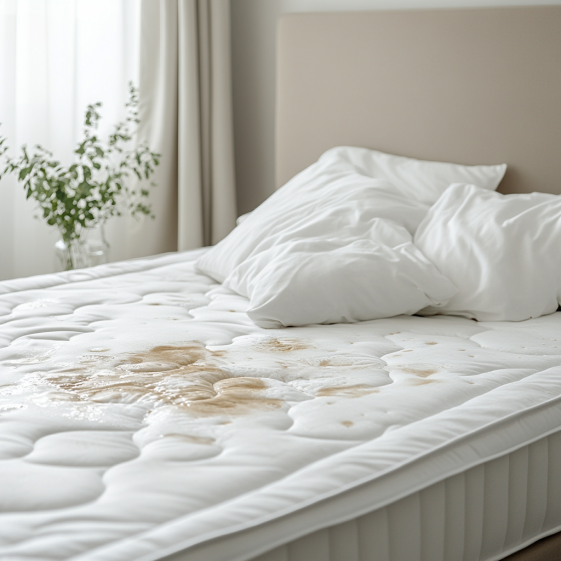
FAQ
- How often should I vacuum my mattress?
- Every 1–2 weeks to reduce dust and allergens.
- What’s the best way to remove odors from a mattress?
- Sprinkle baking soda, let sit for 30 minutes, then vacuum.
- Can I use a steam cleaner on my mattress?
- Yes, but use it sparingly and allow full drying to prevent mold.
- How long does a mattress last with good hygiene?
- 7–10 years depending on usage and quality.
Conclusion: Keep Your Mattress Fresh and Healthy
Maintaining mattress hygiene is essential for a cleaner, healthier sleep environment. By vacuuming regularly, using a mattress protector, washing bedding, and deep cleaning every few months, you can extend the life of your mattress and reduce allergens.
For the best sleep experience, combine proper mattress hygiene with a comfortable, well-maintained sleep setup.
📌 More Sleep & Hygiene Tips:

